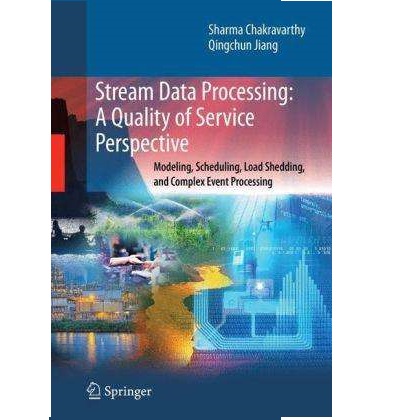Nowadays, several software systems rely on stream processing architectures to deliver scalable performance and handle large volumes of data in near real-time. Stream processing frameworks facilitate scalable computing by distributing the application's execution across multiple machines. Despite performance being extensively studied, the measurement of fault tolerance-a key feature offered by stream processing frameworks-has still not been measured properly with updated and comprehensive testbeds. Moreover, the impact that fault recovery can have on performance is mostly ignored. This paper provides a comprehensive analysis of fault recovery performance, stability, and recovery time in a cloud-native environment with modern open-source frameworks, namely Flink, Kafka Streams, and Spark Structured Streaming. Our benchmarking analysis is inspired by chaos engineering to inject failures. Generally, our results indicate that much has changed compared to previous studies on fault recovery in distributed stream processing. In particular, the results indicate that Flink is the most stable and has one of the best fault recovery. Moreover, Kafka Streams shows performance instabilities after failures, which is due to its current rebalancing strategy that can be suboptimal in terms of load balancing. Spark Structured Streaming shows suitable fault recovery performance and stability, but with higher event latency. Our study intends to (i) help industry practitioners in choosing the most suitable stream processing framework for efficient and reliable executions of data-intensive applications; (ii) support researchers in applying and extending our research method as well as our benchmark; (iii) identify, prevent, and assist in solving potential issues in production deployments.
翻译:暂无翻译



